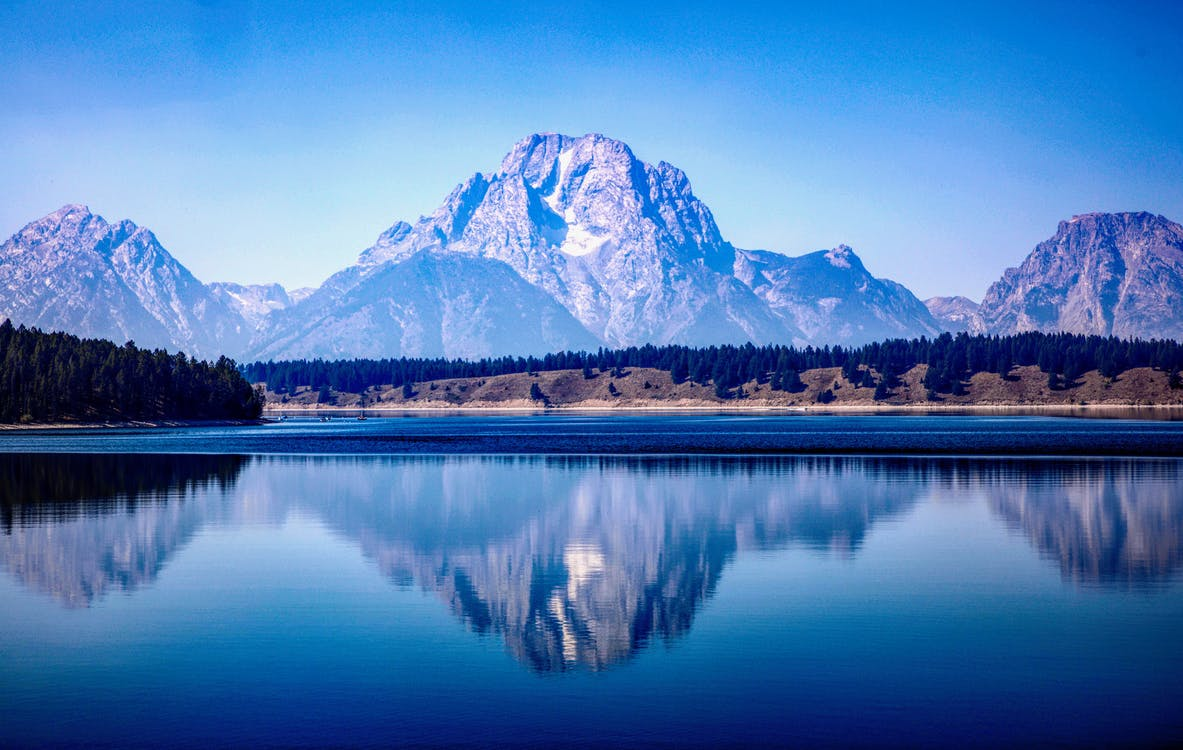News Blast: Your Daily Dose of Information
Stay updated with the latest news and insights from around the globe.
Chasing Light: Secrets Behind Breathtaking Landscapes
Uncover the secrets to capturing stunning landscapes and transform your photography with expert tips and breathtaking visuals!
Unlocking Nature's Palette: How Lighting Transforms Landscape Photography
Lighting in landscape photography is not just an element; it is the canvas upon which nature's beauty is painted. The way light interacts with the environment can drastically affect the mood, tone, and overall composition of a photograph. During the golden hour, for instance, sunlight casts a warm glow that enhances colors and creates long, dramatic shadows. This magical period, just after sunrise and before sunset, allows photographers to unlock nature's palette, revealing vivid hues that might otherwise remain hidden during the harsh midday sun. Understanding how to utilize natural light can transform an ordinary scene into a stunning visual masterpiece.
Moreover, different types of lighting can evoke distinct emotions and convey a sense of time and place in your landscape photographs. For example, soft, diffused light on overcast days can impart a serene and tranquil atmosphere, ideal for capturing the subtle details of a landscape. Conversely, backlighting can create striking silhouettes and emphasize the textures of foliage and terrain. By exploring various lighting conditions and techniques, photographers can master the art of landscape photography and accurately depict the ever-changing beauty of nature.

The Golden Hour: Timing Your Shots for Maximum Impact
The Golden Hour refers to the magical period shortly after sunrise and before sunset when the natural light is soft, warm, and diffused. This enchanting light can dramatically enhance your photography, creating stunning images with beautiful contrasts and vivid colors. During this time, shadows become longer and less harsh, allowing for smoother transitions and a more three-dimensional feel in your shots. To make the most of the Golden Hour, it’s essential to plan ahead: check local sunrise and sunset times, scout your location in advance, and arrive early to set up your equipment.
To capture the best moments during the Golden Hour, consider the following tips:
- Experiment with Angles: Try different perspectives to discover how the light interacts with your subject.
- Adjust Your Aperture: A wider aperture can create a shallow depth of field, enhancing the subject's prominence against a beautifully blurred background.
- Utilize Backlighting: Position your subject between the light source and the camera for a stunning halo effect.
Chasing Shadows: Tips for Capturing Dynamic Landscapes
When it comes to chasing shadows in dynamic landscapes, one of the most essential techniques is to observe the play of light throughout the day. Early mornings and late afternoons offer the richest colors and the most dramatic shadows, making them prime times for capturing stunning images. You should consider using a tripod to keep your camera steady, allowing you to take longer exposures where necessary. Experimenting with different angles can also reveal unique perspectives that highlight the intricate details of the landscape. Try shooting from a low angle to emphasize foreground elements or an elevated position to capture sweeping views illuminated by the golden hour light.
Another effective tip for capturing amazing landscapes is to embrace the concept of dynamic composition. Think about the rule of thirds when framing your shot, placing key elements along the dividing lines to create a more engaging image. Don't hesitate to include foreground elements that create depth in your photos, such as rocks, plants, or flowing water. Additionally, using filters, like polarizers or ND filters, can help control reflections and light intensity, allowing you to capture the serene beauty of nature more effectively. Remember, the goal is to convey the emotion and essence of the scene before you, so take your time and chase those shadows until you find the perfect shot!